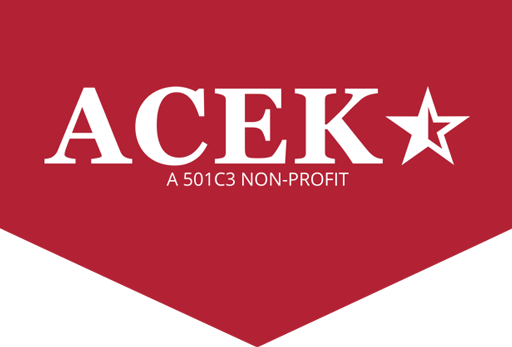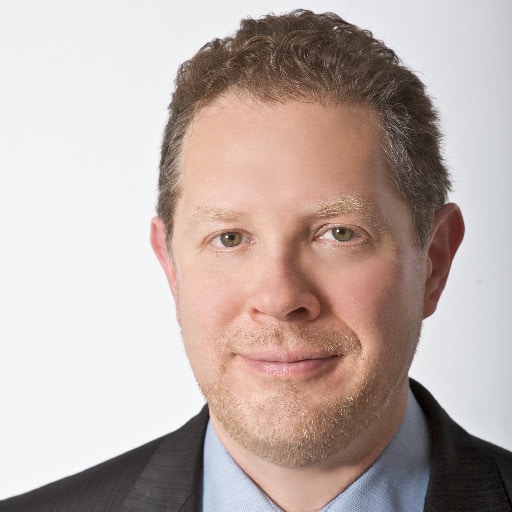Trump’s 2016 victory in the face of relentless fake news defamation put progressivism on warning. In the modern era of alternative media, their carefully cultivated control of all messaging outlets other than an easily discredited fringe might be slipping away. The ethos of progressive Silicon Valley touting the free exchange of information collided head on with the far more important progressive imperative of propaganda and indoctrination. Conservatives, whose voices the progressive media and academia had long sidelined, found new outlets for their counterprogramming.
Progressivism went nuts. Its leading voices — in the media, in academia, and throughout the Deep State — ran hard, fast, and deep into the dark realm of conspiracy theory. Russia’s Vladimir Putin became a brilliant global puppeteer. Israel’s Benjamin Netanyahu lurked somewhere in the background, providing the requisite cloaked Jewish presence that breathes life into every good conspiracy theory. The young Crown Princes of Saudi Arabia and the UAE — far more amenable to quiet collaboration with the Jewish State than were any of their predecessors — were also key players, though their roles were never quite clear. Taking center stage as the most hapless of the puppets was the doltish, boorish, Donald Trump, the anti-Russian, anti-Jewish, anti-Muslim bigot dancing obediently to the tune of his Russian, Jewish, and Muslim overlords. The completely unsurprising “discovery” that Russia had invested a few hundred thousand dollars taking a fairly standard propaganda campaign — of the sort that all countries have deployed since antiquity — into cyberspace provided all the proof progressives needed to embrace their delusion.
It was among the least plausible of progressivism’s many implausible tales, but progressives felt up to the task. Progressive-controlled media, academia, Silicon Valley, and the Deep State all fell quickly in line. The sale to academia was easy. The progressives controlling nearly every American campus had already purged viewpoint diversity from classroom, obliterating the concept of a liberal arts education and substituting instead deep indoctrination. Extending that purge beyond the classroom to student organizations and dormitories hardly required a leap of imagination; they simply labeled anything running counter to the progressive narrative “hateful,” and banned it in the name of “protecting” students. The Deep State was even easier. Under Obama, the FBI’s Jim Comey and the CIA’s John Brennan had already turned those important organizations into political weapons designed to ensure progressive control.
Selling Silicon Valley on its duty to progressive mind control was a bit tougher, thanks in part to a libertarian ethos running through the Valley, and in larger part to the fact that squelching non-progressive ideas is bad for business. The leaders of important social media companies like Google, Facebook, and Twitter initially resisted doing anything more than putting a progressive thumb on the scales, allowing non-progressive ideas full access to their platforms but treating them with mild disfavor. Complaints from all quarters were sporadic and muted. When Americans sensibly rejected Hillary Clinton despite the barrage of progressive anti-Trump propaganda, however, responsibility to shareholders had to take a back seat.
The CEOs of America’s tech companies became frequent witnesses before Congressional committees — a venue they clearly did not enjoy. The message got through. Way back in 1996, during the Internet’s infancy, a law called the Communications Decency Act (CDA) had incorporated a “safe harbor” to help keep pornography away from kids. Through a series of questionable court rulings over the space of two decades, it morphed into a fearsome power: Companies running social media platforms can exercise unfettered editorial discretion over anything appearing on their platforms — while enjoying total immunity from any and all liability for their decisions. Progressives — inside and outside those companies — pushed management to wield that awesome power in the service of progressivism. Compliance began in 2017, and became obvious in the final few months before the 2018 midterm elections. Its apparent success, and the prospect of a deeply progressive House, pushed the campaign into high gear. It worked.
In December 2018, Apple CEO Tim Cook publicly encouraged his cohorts to squelch all conversation on their platforms that violated progressive sensibilities. With a Democratic House sure to block any corrective legislation, social media is set to overtake the traditional fake news media as the primary propaganda arm of progressivism in time for the 2020 election.
Once again, President Trump engaged personally to lead the restorationist counteroffensive. In July 2019 he convened a White House Social Media Summit to discuss the abusive practices of the field’s giants, including Facebook, Google, and Twitter. The issues on the table were hardly subtle. The tech giants who own and run the largest social media platforms are elitist progressive ideologs who manipulate in order to control. They designed policies that ban, downgrade, and demonetize popular users whose messages differ from their own agenda.
The summit was designed, in part, to shine a light on those practices. Which are acceptable exercises of private property? Which are infringements upon free speech and the free exchange of ideas? Which demonstrate anticompetitive behavior? Which abuse regulatory favors? And, toughest of all, which manifest some combination of the four?
It remains unclear whether the July 2019 White House summit focused analysis in the right direction. The challenge runs deeper than the CDA as written in 1996. Courts have consistently read its exemption so broadly that no Internet property that allows third-party postings can be held liable for the content of any of those postings. That decision needs to be revisited. It’s one thing to allow a moderator to remove entire categories of improper postings, or to comply with a specific legal obligation, without becoming an “editor.” It’s another to allow them to employ subjective or algorithmic content filters to decide which entries or expressions are acceptable and still claim that the behavior is “not editing.”
If and or when America’s restorationists choose to muster the resources necessary to take on the tech giants, they will find ample opportunities. The masters of social media have barely covered their own tracks. Regulatory and antitrust law are both usable — with or without new Congressional action.
When it comes to regulation, social media platforms are treated as the private property of the platform owner, and thus subject only to light regulation. That result seems right, though a recent progressive success in litigation launched to hurt President Trump suggests that such treatment may be weakening. In the summer of 2019, the Second Circuit Court of Appeals affirmed a lower court decision prohibiting President Trump from blocking users on Twitter. Progressives cheered. It is restorationists, however, who may have the last laugh. The logic of the ruling against President Trump implies that social media feeds can become subject to rules that typically govern public domains rather than private property.
Social media companies also collude in some obvious ways. They frequently ban the same people and accounts at the same time — not for specific violations occurring on their platforms, but for an accumulated body of work and reputation. This sort of coordinated action could qualify as a conspiracy in restraint of trade — illegal under the antitrust laws. Most state laws on “unfair trade” go further than do the federal antitrust laws in prohibiting “unfair” practices. The federal antitrust authorities and state Attorneys General need to consider these issues.
All of these potential avenues of attack are pro-free market and pro-free speech. They arise because the existing legal and regulatory regime was developed under a vastly different technological and industrial reality from the one that prevails today. The time has come to modernize Internet law and regulation.
Nowhere is that need clearer than vis-à-vis the CDA. Though the tech giants will scream if Congress eliminates their safe harbor, such an action would be little more than a reassignment of liability from the victims of a third-party posting on a platform to the far larger platform providers. Such a reassignment would not prohibit any platform or company from doing anything it does today. It would simply say that those who decide what, and what not, to publish, are liable for the things they choose to publish — just like any other editor.
The existing regime operates to alleviate the need for such choice. That’s an open invitation for abuse — an invitation our leading social media providers accept readily and often. A regime that corrects for misallocated liabilities and costs will benefit American speech, American competition, and American consumers.
The tech giants, like the mainstream media, will insist that they are the champions of freedom, and that anyone who dares to open their platforms to competition threatens America. Don’t believe it. The freedom they seek is the freedom to manipulate and abuse. President Trump, who has led the restorationist charge calling them out on it, is poised to expose them for what they are — and restore true freedom to the American marketplace of ideas.
Taking on the tech giant won’t be cheap and it won’t be easy. But it will be necessary. We are badly misregulating our communications systems in ways that will rended the entire country dysfunctional. Silicon Valley’s totalitarian progressives are laughing all the way to the bank.
- article by American Restoration Institute




